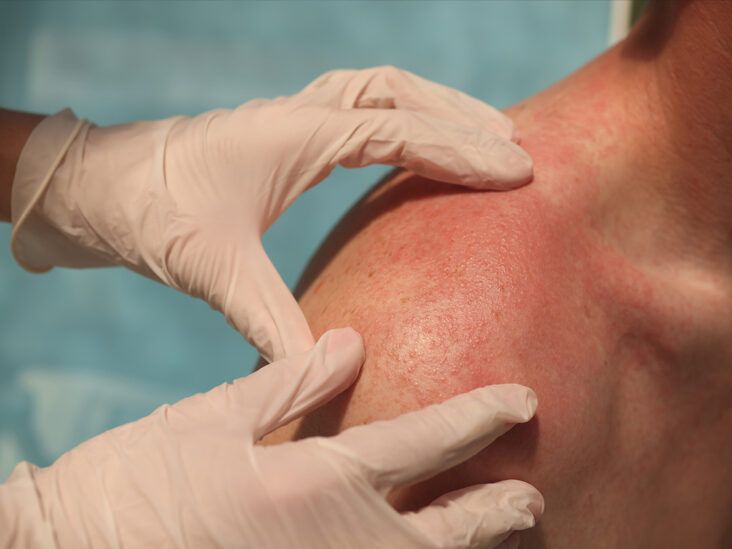Locate a skilled dermatologist for skin care treatment tailored to your needs.
Locate a skilled dermatologist for skin care treatment tailored to your needs.
Blog Article
Mohs Surgical Procedure Explained: A Trick Procedure in Dermatology for Handling Skin Cancer Efficiently
In the realm of dermatology, Mohs surgical procedure stands as a crucial procedure for combating skin cancer, specifically basal cell and squamous cell cancer. What specifically makes Mohs surgery so efficient and just how does it contribute to positive individual outcomes?
Comprehending the Fundamentals of Mohs Surgical Procedure
Although it may sound facility, Mohs surgery is a specific medical technique used mostly to deal with skin cancer. Called after Dr. Frederic E. Mohs, who established the treatment, it supplies the greatest treatment rate for certain kinds of skin cancers cells, consisting of basic cell cancer and squamous cell carcinoma. The key purpose of Mohs surgical treatment is to get rid of all cancer cells while saving as much healthy cells as possible. It functions as a preferred alternative for cancers located in cosmetically delicate or functionally crucial areas like the face, hands, feet, and genitals. Its accuracy and high success rate have made Mohs surgical treatment a foundation in dermatology, providing want to individuals worldwide. It is essential to keep in mind, nonetheless, that this procedure is generally booked for certain sorts of skin cancer cells.

The Procedure: Step-by-Step Breakdown of Mohs Surgical Procedure
While Mohs surgical procedure may seem complicated, recognizing the step-by-step procedure can aid debunk the process. If cancer cells are spotted, the cosmetic surgeon removes another layer of skin and the process is repeated. This cycle continues till no even more cancer cells are discovered, making sure the total removal of cancer cells while preserving as much healthy and balanced skin as feasible.
The Benefits of Mohs Surgical Treatment in Skin Cancer Therapy
An outstanding variety of individuals have discovered the distinct advantages of Mohs surgery in their fight against skin cancer. Regarded for its accuracy, this technique targets cancerous cells while protecting bordering healthy and balanced tissue, leading to minimal scarring. Its high accuracy minimizes the opportunity of cancer reappearance, giving patients with peace of mind. The procedure is typically performed on an outpatient basis under local anesthesia, making site it much less exhausting on the body than even more intrusive surgeries. Even find more, as it involves prompt microscopic examination of the gotten rid of tissue, it guarantees full cancer elimination in a solitary visit. Hence, it gets rid of the need for multiple surgical procedures, saving time and minimizing stress and anxiety for patients. Mohs surgical treatment presents a remarkable alternative for effective skin cancer cells therapy.
Feasible Threats and Difficulties Connected With Mohs Surgery
Despite its numerous benefits, Mohs surgical procedure is not without potential threats and problems. Like all surgical treatments, it brings a risk of infection, bleeding, and a negative reaction to anesthesia. In unusual cases, patients might experience nerve damages, resulting in pins and needles or weakness in the area of surgery. There's also the opportunity of a reoccurrence or spread of skin cancer, especially if all malignant cells were you could try these out not entirely gotten rid of during the procedure. Scarring is an additional worry, as it can be visible depending on the dimension and area of the cured area. Lastly, the psychological impact of a skin cancer cells medical diagnosis and succeeding surgery must not be ignored, as it can lead to anxiousness and anxiety in some clients.
Planning for and Recuperating From Mohs Surgical Procedure: What to Expect
To ensure the finest feasible outcome from Mohs surgical treatment, people require to appropriately prepare for the treatment and understand what to anticipate throughout recuperation. Some medicines could need to be quit prior to the surgical procedure to reduce bleeding. The key to healing is individuals' adherence to their health care service provider's guidelines.
Final thought

Report this page